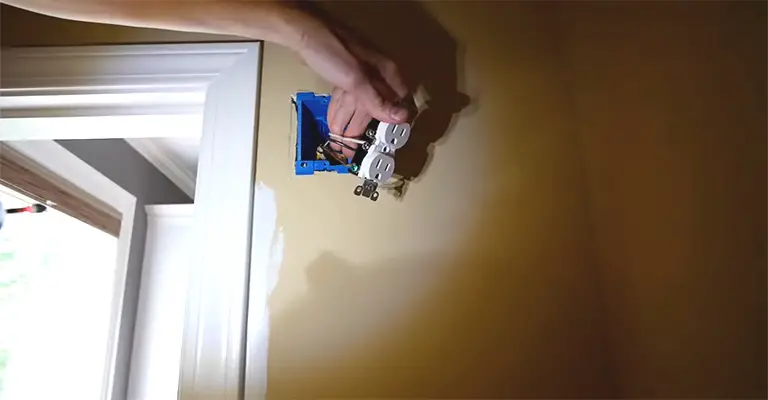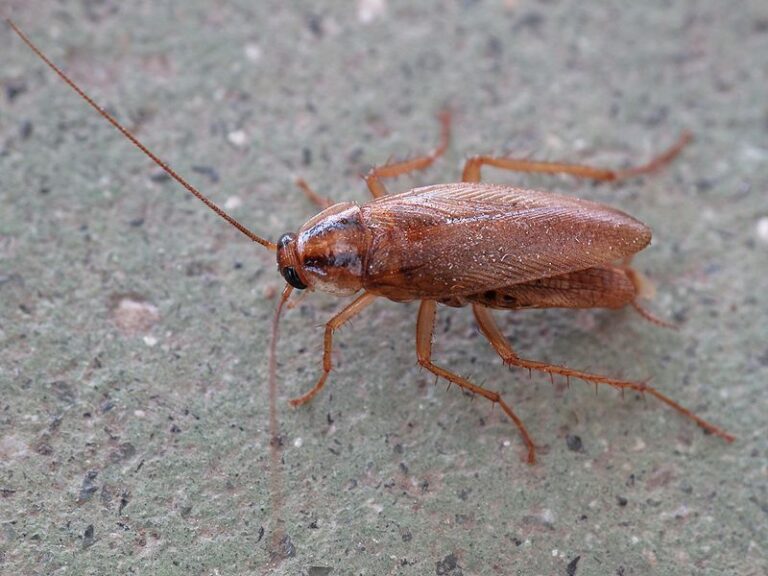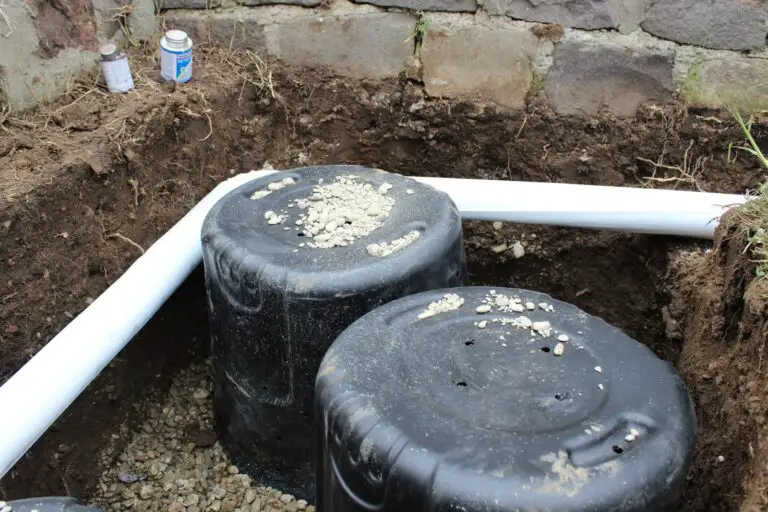The Ultimate Guide to Selecting the Right Skirting Boards
Skirting boards are an essential part of a home’s decor but are often overlooked. These boards serve a dual purpose: They protect the lower part of the walls from damage and wear and offer a decorative effect between the wall and floor. Skirting board materials, sizes, and designs are highly diversified to suit different aesthetic and practical requirements.
Durability and Aesthetic Appeal
Skirting boards are an area where the choice of material is particularly important. The materials most frequently used are medium-density fibreboard (MDF), hardwood, softwood, and PVC. MDF is an economical choice that offers a smooth finish and resistance to warping. You can use hardwood for the skirting boards; for instance–oak or walnut creates a rich, natural look but is a little more expensive. Pine is a versatile, inexpensive softwood, good for painted surfaces. They are water-resistant and suitable for bathrooms and kitchens.
Complementing Your Home’s Interior
The cheap mdf skirting board must complement the design of a home’s interior. In traditional homes, the skirting is often intricate and embellished with moldings, whereas the modern home tends towards the simple and clean. The skirting’s height and profile can often affect the whole appearance of the room. High skirting boards are often bold and work especially well in high-ceilinged rooms, while low profiles are for modern spaces.
Finding the Perfect Fit
The height of the skirting board is important for balance and functionality. The height should be in harmony with the room’s dimensions and ceiling. The standard sizes range from three to seven inches tall. Also, consider the board’s thickness, particularly if you are replacing the old skirting so that it doesn’t have to be altered too much.
Color and Finish
The balance of color and finish is a very important factor in the appearance of the skirting boards. But while white is admired for its versatility and suitability to virtually every wall color, you can also choose shades that match or contrast with your walls for a more dramatic effect. To the wooden skirting boards, for example, this finish gives warmth and texture to a room. Painted finishes can be tailored to fit a room’s color theme.
DIY or Professional Help
Anyone who can handle simple carpentry work should be able to install the skirting boards themselves. Yet, it needs accuracy, particularly in cutting angles and corners. With no room for error, if you need to be sure of your handiwork abilities, then let a professional do the job right. Furthermore, how about attaching the skirting to the wall–by nails and screws or adhesive? Each wall type and skirting material has advantages and disadvantages.
Maintenance and Care
Proper maintenance is necessary if you want your skirting boards to stay in top shape. Dirt and grime will not accumulate if the surface is dusted and cleaned regularly. Wooden skirtings will have to be occasionally polished or re-painted to remain attractive. PVC boards are easy to maintain and can be wiped clean with a damp cloth.
Finally, selecting the materials, design, size, and color of cheap mdf skirting board needs consideration with installation and maintenance in mind. With this knowledge, you can choose skirting boards to guard your walls and reflect on your home’s aesthetics.






